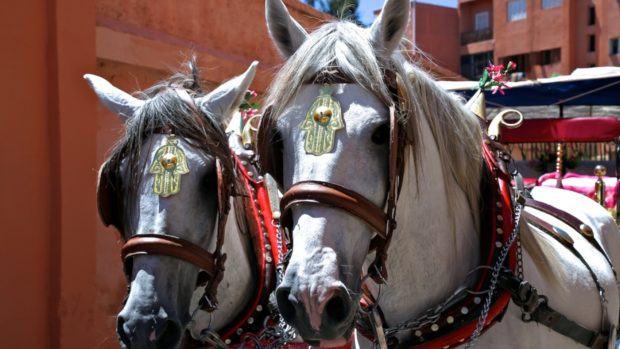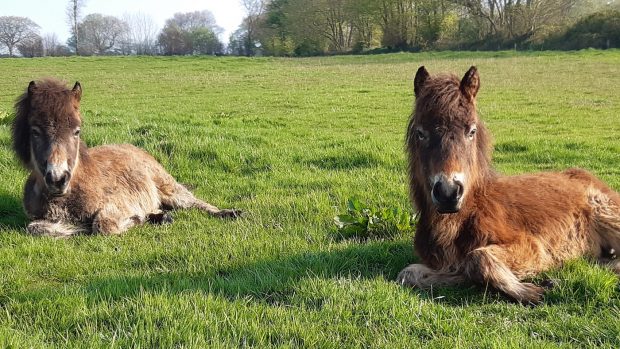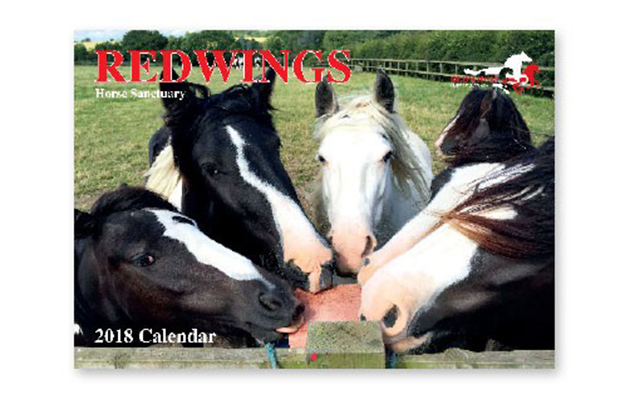In April we announced that SPANA had been chosen by readers to be H&H’s charity of the year. As part of our partnership with the charity, I was invited to go to Morocco to see the work they do first hand. I spent three days with the country director Professor Hassan Alyakine visiting three of SPANA's centres to see how they help improve the welfare of working equines in the country.
Final destination
Before travelling back to H&H towers, I visited my third SPANA centre on the outskirts of Casablanca.
I had thought that the contrast between the modern luxuries and working equines in Marrakech was severe, but Casablanca took it to a whole new level.
The centre is based just outside the city where the bright lights and designer shops quickly give way to poor districts. Many of the people that live in this area come from rural areas but move to be nearer to Casablanca for much of the year. Like many other Moroccans, their working equines are vitally important to them.
The centre is the largest of SPANA’s in the country and, as well as an education unit and a surgery, it also has a large sand arena.
Difficult cases
In Casablanca injuries caused from collisions with cars are common as the working animals share the road with lots of traffic.
A fairly gruesome example of this was at the centre when I visited. A grey horse had been hit in the eye causing the bone around it to shatter.
The horse had undergone surgery the day before to have free moving bone removed. When we visited the wound was being cleaned and examined (see video).
One of the other in patients was a horse suffering from chronic laminitis. The owner had kept the horse at home for a month treating him with drugs from the store before bringing him to SPANA. As a result the condition had become so severe that he could barely stand (see video below).
This was an incredibly distressing case to watch, mainly because it was completely unavoidable. The prognosis did not look good and a talk had been scheduled with the owner to discuss how much longer they were going to try to continue treatment.
Riding for the disabled
On a happier note, the Casablanca centre also offers the opportunity for disabled children to come and ride.
Unfortunately the programme only runs during the term times so I was not able to see it in action. However, I did get to meet the two horses, one pony and donkey that are used for the lessons.
It seems like the disabled riding, which was started in 2011, is a huge success and is yet another example of SPANA’s work making a huge difference in the community.
Flight home thoughts…
From my time spent with SPANA it is clear that the work the charity undertakes in the country is not only vitally important to the owners of these animals, but also serves a purpose to stop further suffering in the future.
The charity is above all else practical. It is not a shelter providing homes for unwanted animals, but a service and an education tool for a proportion of a society that needs help.
My trip has also made me realise how incredibly spoilt our own horses are at home and how lucky we are to be able to enjoy them as pampered pets!
Working equines still have a huge role to play in economies all across the world and as animal lovers it’s important we help charities like SPANA to operate.
I am delighted that H&H readers chose SPANA to be the charity of the year.
How you can help
For more information about SPANA’s work or to donate please visit the SPANA website or text STABLE to 70500 to donate £3 to help SPANA horses in need.




